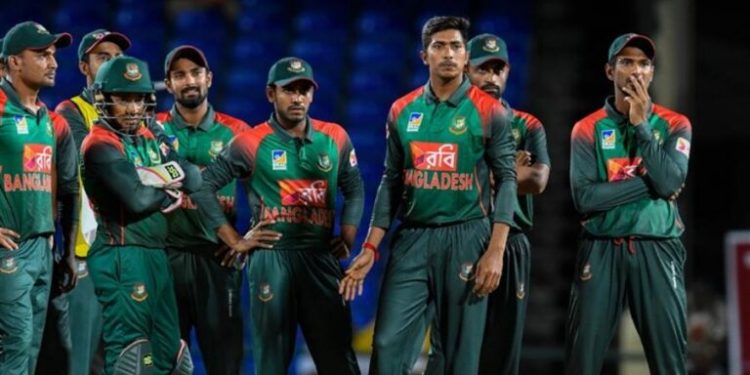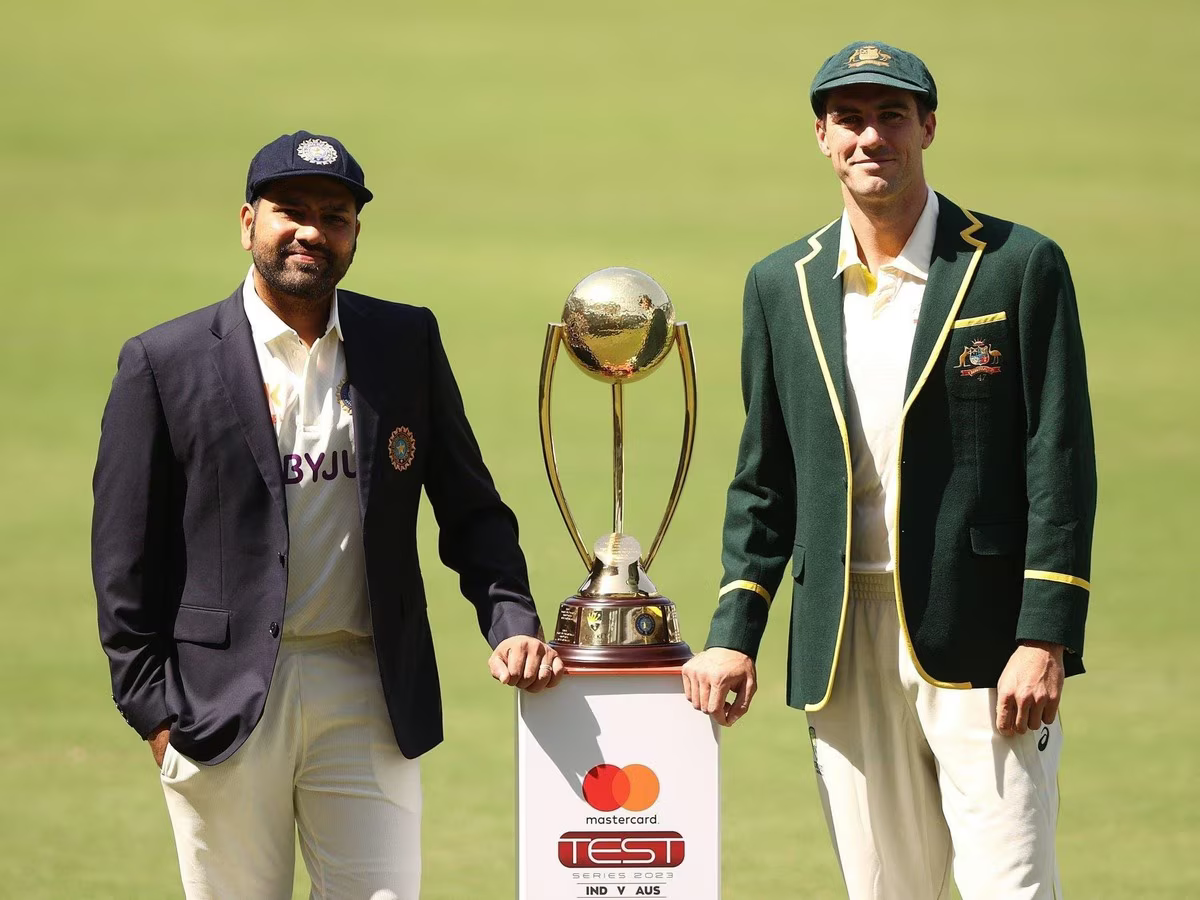Following Pakistan’s lopsided victory over Nepal in the opening match of the Asia Cup 2023 competition, spectators had high hopes that the match between Bangladesh and Sri Lanka would be a more competitive and exciting contest. Although this match was not as one-sided as the previous one, Bangladesh’s lack of batting discipline allowed Sri Lanka to win with relative ease, saving a hiccup at the outset and towards the end of the game.
At the Pallekele International Cricket Stadium, the Tigers won the toss and elected to bat first. Despite their best efforts, they were only able to muster a score of 164. Najmul Hossain Shanto’s impressive performance of 89 runs off 122 balls was primarily responsible for this. The bowling performance of Matheesha Pathirana was outstanding, as he finished with figures of 4/32 in 7.4 overs.
In their reply, Sri Lanka lost their first three wickets for 43 runs, but then Sadeera Samarawickrama and Charith Asalanka put together a partnership that kept their innings on track by scoring 78 runs together. After reaching 121/3, the home team suffered a loss of two wickets for a total of seven runs. In the end, Asalanka and Dasun Shanaka, Sri Lanka’s captain, were instrumental in achieving their goal with 11 overs to spare and five wickets remaining.
On Sunday, September 3, Bangladesh will play a match against Afghanistan, and in order for them to continue participating in the league, they will need to win that match. The team will be eliminated from contention for the Asia Cup 2023 if they suffer a defeat, turning the final match of the group stage into a meaningless contest between Sri Lanka and Afghanistan. Let’s take a look at three adjustments that Bangladesh can make to their strategy in order to improve their chances of winning the game that determines their fate.
1. Move Shakib Al Hasan and Mushfiqur Rahim to a higher position in the order.
When he opened the batting for the first time, young Tanzid Hasan was unsuccessful against Sri Lanka and was bowled out for a duck. Under these conditions, Bangladesh would require players with previous similar experiences to rise up. In the same vein, Afif Hossain can be used in lieu of Tanzid, while Najmul Hossain Shanto can start next to Mohammad Naim in the batting order.
This would make it possible for Shakib Al Hasan to go up one spot to bat third, where he has a career batting average of 49.64, higher than his average in any other position. Fans of cricket will look back on the all-rounder’s performance throughout the 2019 World Cup and remember how well he played when batting at No. 3. He played in eight games and had a batting average of 86.57, scoring 606 runs. The southpaw will be able to take control of the game by batting third, which will relieve some of the strain that will be placed on the younger player, who will be batting lower in the order.
Mushfiqur Rahim is able to move up to the number four spot. If Shakib and Mushfiqur bat at successive numbers, it may be a sign of good things to come for Bangladesh’s national cricket team, the Tigers. Shakib and Mushfiqur have been a part of numerous historic partnerships for Bangladesh throughout the years. Towhid Hridoy, who has been doing well recently, might bat fifth, with Afif and Mehidy Hasan Miraz coming in after him.
2. Recruit Nasum Ahmed to take the role of Mahedi Hasan.
The left-arm spinner is a very astute bowler who can alter the pace and angles of his delivery to create havoc for the hitters. He has primarily represented Bangladesh in Twenty20 internationals, in which format he has had some success. Nasum has played in 35 matches and has taken 34 wickets while maintaining an economy rate of 7.32 runs per match.
Nasum has appeared seven times in One-Day Internationals (ODIs). He has been responsible for the loss of eight wickets while keeping the run rate at 3.74 runs per over. In order to add more variation to the bowling, the 28-year-old can be brought into the side as a replacement for Mahedi Hasan. Because Afghanistan’s team contains a significant number of right-handed batsmen, having a left-arm spinner who is able to direct the ball away from these players could prove to be quite beneficial. Mahedi is known for his hitting abilities, but he is not considered to be a top-tier spinner.
During the previous year, Bangladesh played host to Afghanistan in a white-ball series. Within the opening powerplay of the inaugural Twenty20 International, Nasum bowled with the new ball and collected four wickets. Given his history of success against the Afghans, Shakib might be tempted to include the 28-year-old in the team. When batting with the new ball against the right-handed opening pair of Ibrahim Zadran and Rahmanullah Gurbaz, Nasum is an option to consider.
3. Toss the ball to Mustafizur Rahman in the air.
Even though Taskin Ahmed and Shoriful Islam both possess a great deal of talent, Mustafizur Rahman continues to be Bangladesh’s most effective bowler. Additionally, he is the most experienced campaigner for the Asian side. The left-arm seamer was used in the most recent match as the second change bowler, with Taskin, Shoriful, and Shakib bowling before him.
After bowling the ninth over, Mustafizur was then replaced by Mehidy Hasan Miraz. Mehidy Hasan Miraz thereafter delivered the tenth over. The 27-year-old returned to the pitch to bowl a few more overs, and he ended up with a final score of 0/12 in three overs. Mustafizur, who has participated in 190 international matches in all three formats, must serve as the spearhead of this attack, and Shakib must utilise him in the appropriate manner.
If the player who was born in Satkhira can rediscover his self-assurance and get into a rhythm, Bangladesh will appear to be a whole different side. In addition, he will be essential if the game continues on to the death overs. As a result of his participation in franchise leagues all over the world, he has gained valuable expertise that could prove beneficial to both him and his squad.









 Win Projections to be updated soon
Win Projections to be updated soon





















